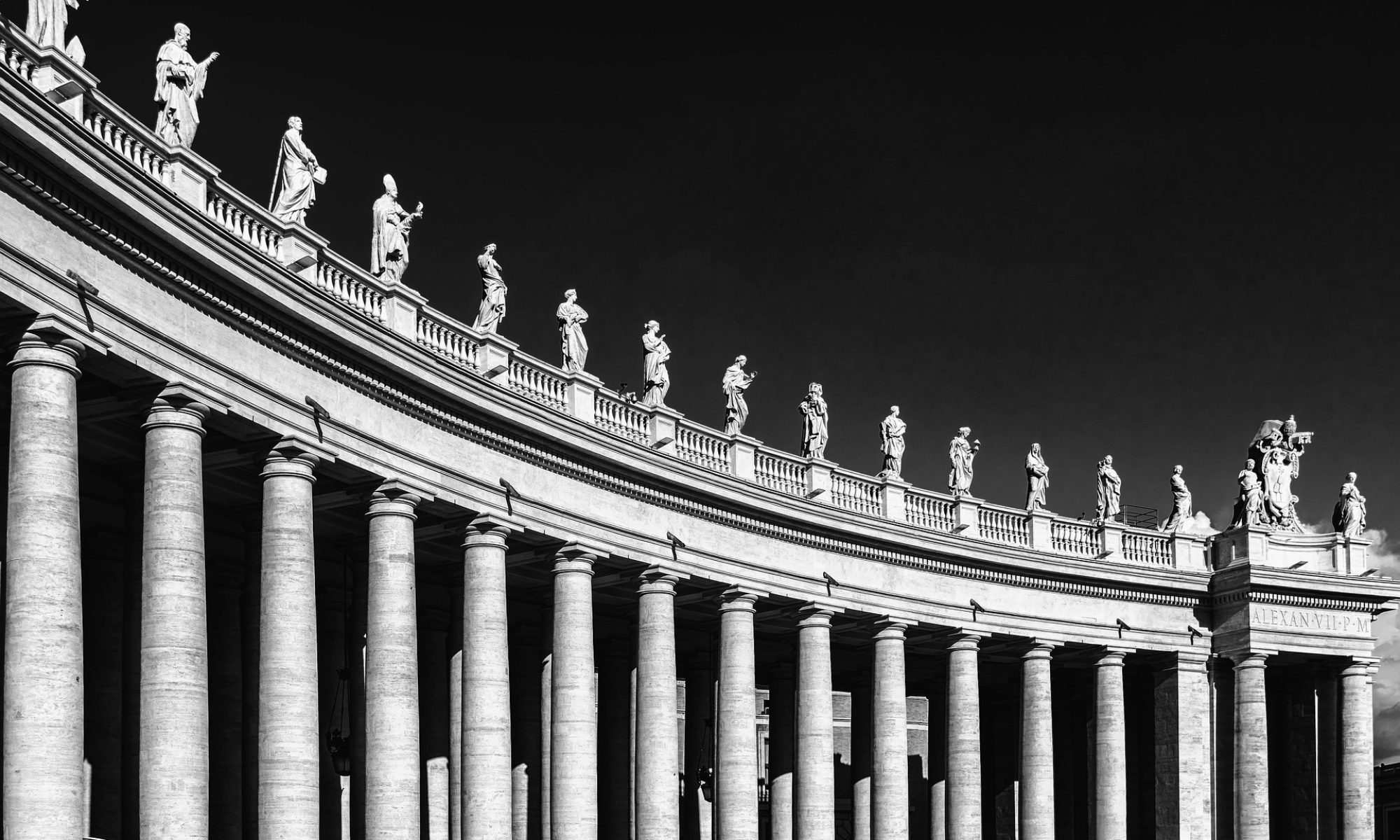December 16th, 2013
This year marks the 450th anniversary of the closing of the Council of Trent (1545-1563), the most important event of the Roman Catholic Church in the modern era. A special commemorative event took place in the city of Trent with the presence of an official representative of Pope Francis.
Trent in a Nutshell
The Council of Trent was the official response of the Catholic Church to the XVI century Protestant Reformation. The issues of the Reformation (grace alone, faith alone, Christ alone) were rejected as they were affirmed by the Reformers (mainly Luther) and recast in a sacramental framework that highlighted the contribution of human works and the mediating agency of the church. Actually, Trent declared the incompatibility of the Reformation with what became then the official doctrine of the Church of Rome and the unwillingness of Rome to undertake a process of radical revision in biblical perspective. In order to do that, Trent solidified the theology of the sacraments, hitting with a series of “anathema” those who held Protestant beliefs. Trent intervened in clarifying the Roman position (through decrees and canons) and in launching a series of changes that would impact the life of the Church.
Trent was not an isolated event. The post-Trent phase of the Church was marked by a staunch polemical attitude, first against Protestantism, and then against modernity. If Trent was the Roman response to the Reformation, the season of the Marian dogmas (1854: immaculate conception of Mary; 1950 bodily assumption of Mary), and papal infallibility (1870) were responses to the ideological challenges of Modernity.
Trent’s Heritage
Five centuries later, the Roman Catholic Church has definitely adopted a different pastoral and ecclesial “style” than that of Trent, but it has not substantially changed it, nor denied it in whole or in part. There is no point in which Vatican II moves away from the dogmatic teaching of the Council of Trent. At Vatican II, Trent was kept in the background and remained within the framework of Roman Catholicism. The “Tridentine paradigm” was put, so to speak, in historical perspective, but not forsaken nor forgotten. Vatican II has metabolized Trent but in no way abandoned it.
With the 1999 “Joint Declaration on the Doctrine of Justification” between the Roman Catholic Church and the World Lutheran Federation, Trent was updated in its language and emphases, but reiterated in its substance. The two positions were juxtaposed and held compatible, thus working with a “both-and” scheme that is quintessentially the Roman Catholic way of developing its doctrinal system. The Tridentine “anathemas” were lifted for those who hold the doctrines of the Reformation if reinterpreted ecumenically, but the theological core of contemporary Catholicism is still steeped in its Tridentine content: it is the institutional church that mediates the grace of God through its sacramental system. Grace alone was and is still rejected. A clear indication of this is the case is that nothing has changed in important areas like indulgences, Purgatory, the sacramental prerogatives of the Church, the cult of the saints, etc.
Pope Francis on Trent
On the occasion of the official celebration in Trent (Dec 1st), Pope Francis sent a special envoy to Trent together with a letter. In it he says that the anniversary “behooves the Church to recall with more prompt and attentive eagerness the most fruitful doctrine which came out of that council. Certainly not without cause, the Church has for a long time already accorded so much care to the Decrees and Canons of that Council that are to be recalled and observed”. “No doubt,” the letter continues, “with the Holy Ghost inspiring and suggesting, it especially concerned the Fathers not only to guard the sacred deposit of Christian doctrine, but also to more clearly enlighten mankind”. The same Spirit, according to the Pope, now guides the Church “to restore and meditate upon the most abundant doctrine of Trent”.
Quoting Benedict XVI, Francis ends the letter by saying that (the Church) “is a subject which increases in time and develops, yet always remains the same, the one subject of the journeying People of God”. It is the Pope that affirms the continuity between Trent and the present-day Roman Catholic Church. It is not a static continuity in that the Church “develops” over time, but is a continuity in which the Church changes, while always remaining the same. Both-and, again!
